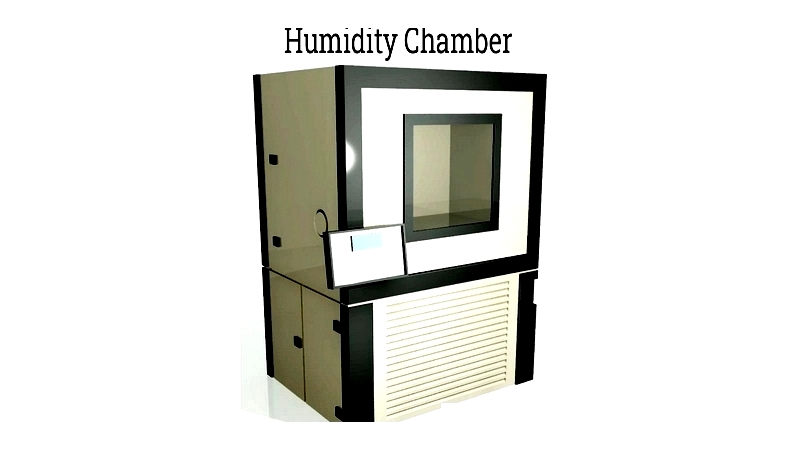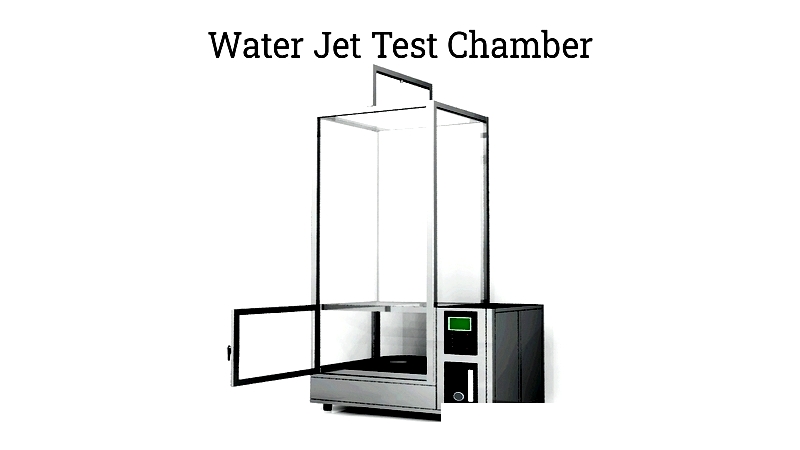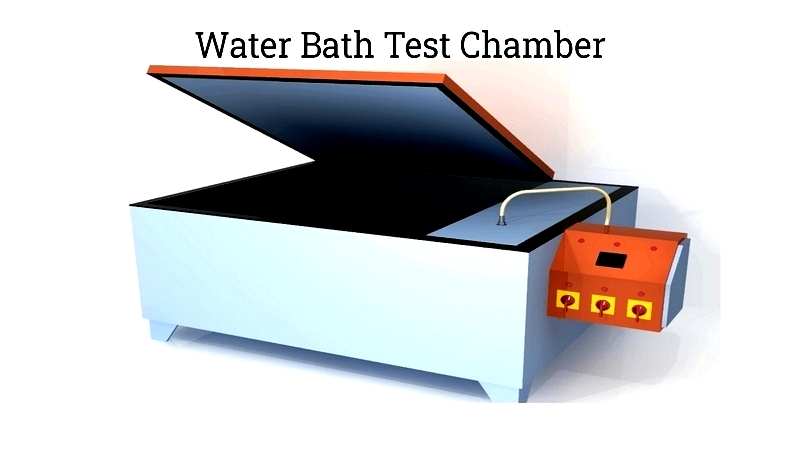Introduction
This article covers all essential information about humidity chambers.
You will discover:
- What a humidity chamber is
- How humidity chambers operate
- Different types of humidity chambers
- Industries utilizing humidity chambers
- And additional valuable insights

Chapter One – What is a Humidity Chamber?
A humidity chamber is a specialized device designed to simulate various environmental conditions, allowing manufacturers to test products under controlled humidity levels. This equipment helps evaluate how products react to humidity changes and other environmental factors, providing valuable data about their durability and performance in demanding conditions.
The primary purpose of humidity chambers is to analyze how different environmental conditions affect products, determining their longevity and identifying potential weaknesses. Test results help engineers improve designs and choose more durable materials to enhance product reliability.
Various types of humidity chambers exist, offering either static or dynamic testing depending on data needs and product characteristics. These chambers enable extended exposure tests, where samples remain in high-moisture environments for weeks or months to study long-term behavior and performance.
Chapter Two – How a Humidity Chamber Works
Humidity chambers, also called environmental test chambers, contain specialized components that precisely regulate moisture and temperature for scientific and industrial testing. These chambers incorporate robust systems for introducing moisture—usually as water vapor—through methods like high-pressure sprays, atomization, or water baths. Heating elements or coils provide accurate temperature control within the chamber.
These chambers can be customized for various industries including pharmaceuticals, electronics, automotive, and materials testing. While configurations vary, all humidity chambers share core components that create stable, repeatable conditions for accurate environmental simulation. Manufacturers use them to verify product compliance with standards like ASTM, IEC, or MIL-STD through accelerated aging, durability, and reliability tests.
How a Humidity Chamber Works
Temperature and relative humidity significantly impact product stability, shelf life, material compatibility, and performance. Humidity chambers let manufacturers study moisture effects—often the second most critical environmental factor after temperature—on their products. Humidity fluctuations can cause expansion, contraction, corrosion, or degradation, potentially compromising product integrity.
Chambers generate artificial humidity using advanced methods like steam generators, atomizers, and water baths, each offering unique benefits for maintaining precise conditions. Modern chambers feature programmable cycles that mimic real-world scenarios, including damp-heat alternation, constant humidity, and cyclic humidity. Specialized chambers like AGREE models combine humidity and temperature testing with vibration and shock tests for comprehensive product evaluation, particularly in electronics, defense, and aerospace industries.
Steam Generators
Steam generator systems use immersion heaters to quickly heat water reservoirs inside the chamber. As steam rises and mixes with air, it circulates throughout the test area where temperature probes maintain specified humidity and temperature levels. These systems can produce humidity ranging from 20% to 98% at temperatures up to 1300°C, controlled via digital or CNC panels. Their key advantage is generating consistent, high-quality vapor for testing sensitive materials like electronics and coatings.

Atomizer Test Chambers
Atomizer chambers use precision spray nozzles to create fine water droplets that humidify chamber air. As this air passes through heaters, it reaches programmed temperature and humidity levels. These efficient systems excel at rapid humidity adjustment, making them ideal for accelerated aging, corrosion, and surface decontamination tests. Their simple operation suits routine lab testing and quality control processes.

Water Bath Test Chambers
Water bath chambers feature heated water baths that humidify air through evaporation. Sensors continuously monitor and adjust conditions to maintain test specifications. These chambers respond quickly to changes, making them suitable for low-to-mid humidity applications requiring fast stabilization without water boiling.

AGREE Test Chambers
AGREE chambers combine humidity, temperature, and mechanical vibration testing. Originally developed for military electronics, they now serve aerospace, automotive, and electronics industries. These chambers accommodate vibration accessories to simulate real-world stresses, ensuring components meet rigorous environmental standards.
Two Temperature Method
This advanced method precisely controls humidity by routing air through a water spray zone where dew point is carefully monitored. After removing excess droplets, the air mixes with bypass air and reheats to desired temperatures before recirculating. This process supports diverse testing protocols for industries requiring precise climate simulation.
Selection Considerations: When choosing a humidity chamber, evaluate factors like size, humidity/temperature range, control accuracy, regulatory compliance, and data logging capabilities. Leading manufacturers offer customized solutions with technical support.
Common Applications: Humidity chambers test electronics reliability, pharmaceutical stability, material compatibility, corrosion resistance, and packaging quality for both raw materials and finished products.




